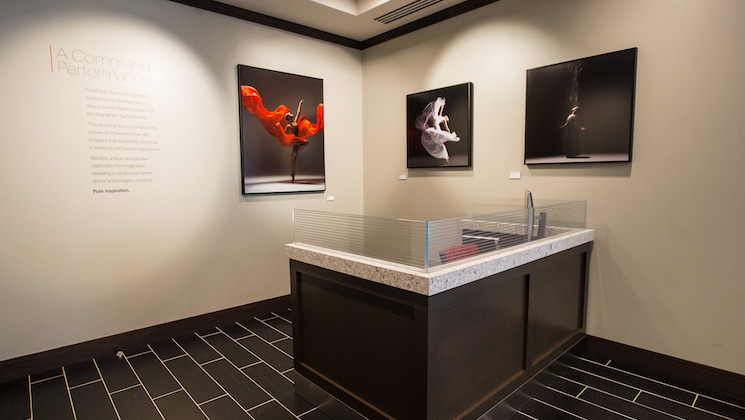Culture and Talent
Why a digital bank is turning branches into art galleries
- PurePoint Financial's art gallery branches aim to draw in customers and nurture a connection to the brand.
- PurePoint maintains the gallery concept is a way to connect to the community, while giving customers a relaxed venue to consult with bankers.








